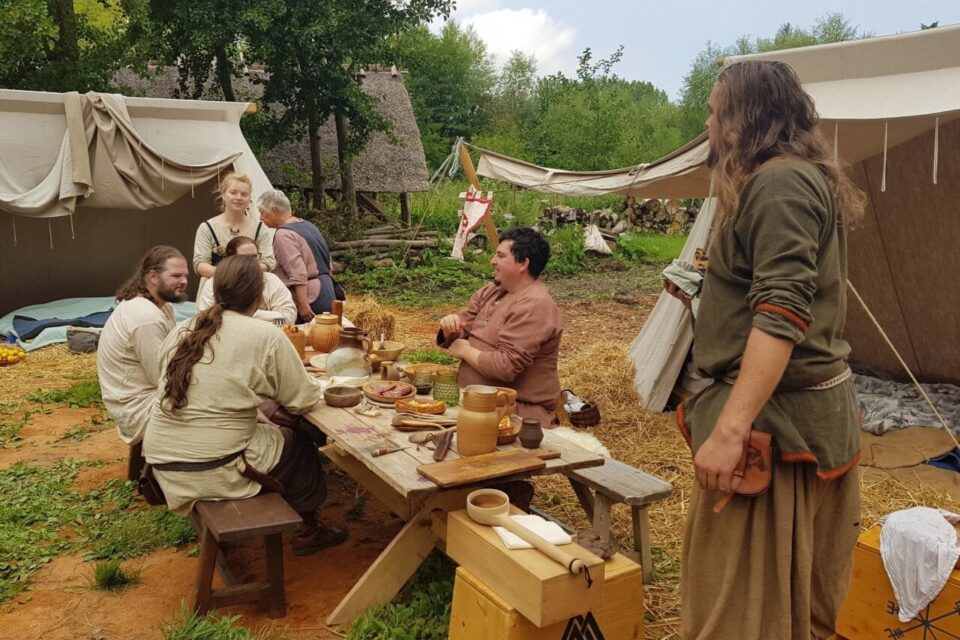
Normandy still bears the imprint of its Viking heritage, inscribed in its very name: ‘Normands’, men of the North. From Castel Camping Le Brévedent, follow in the footsteps of these Scandinavian conquerors who have left their mark on the region’s history over the centuries.
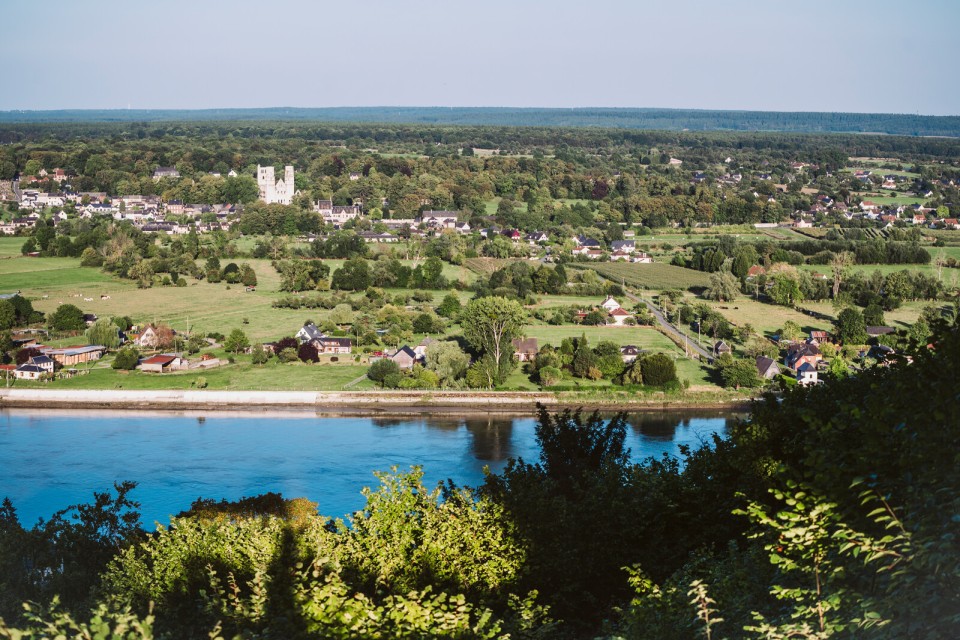
Jumièges and the Viking Seine
The Seine Valley was one of the first Viking invasion routes into Normandy. Jumièges Abbey, a jewel of Romanesque art, bears the scars of the Scandinavian pillaging in the 9th century. A visit to its majestic ruins on the banks of the Seine takes visitors back to those troubled times.
Rouen, former Viking capital
Rouen, which became the capital of the duchy under Rollon, is a city emblematic of Norman Viking history. Its historic centre is home to the Place du Vieux-Marché and the cathedral, as well as narrow streets that hark back to the days when longships sailed up the Seine. The town’s museum offers a fascinating insight into this rich history.
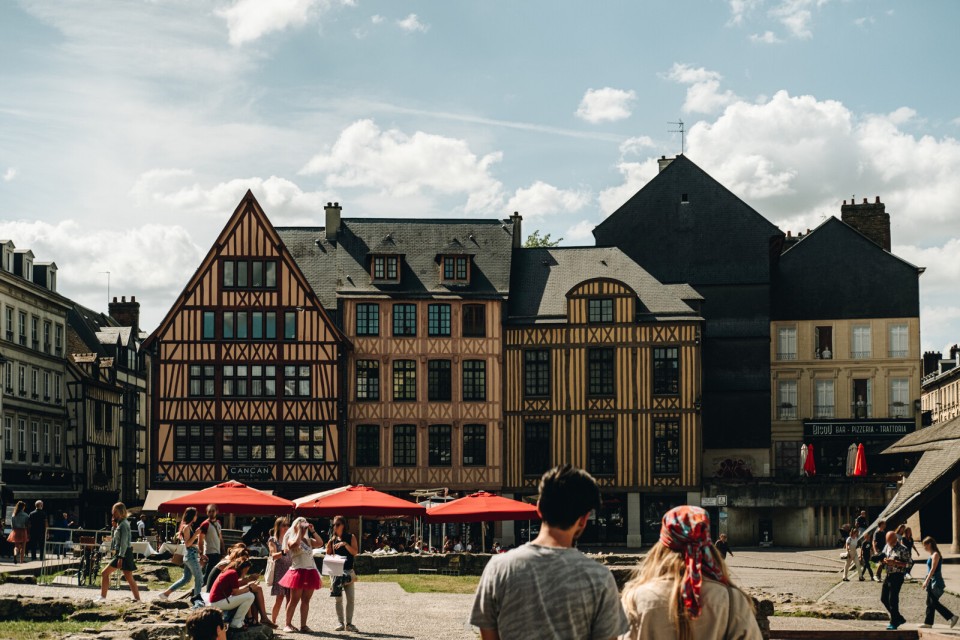
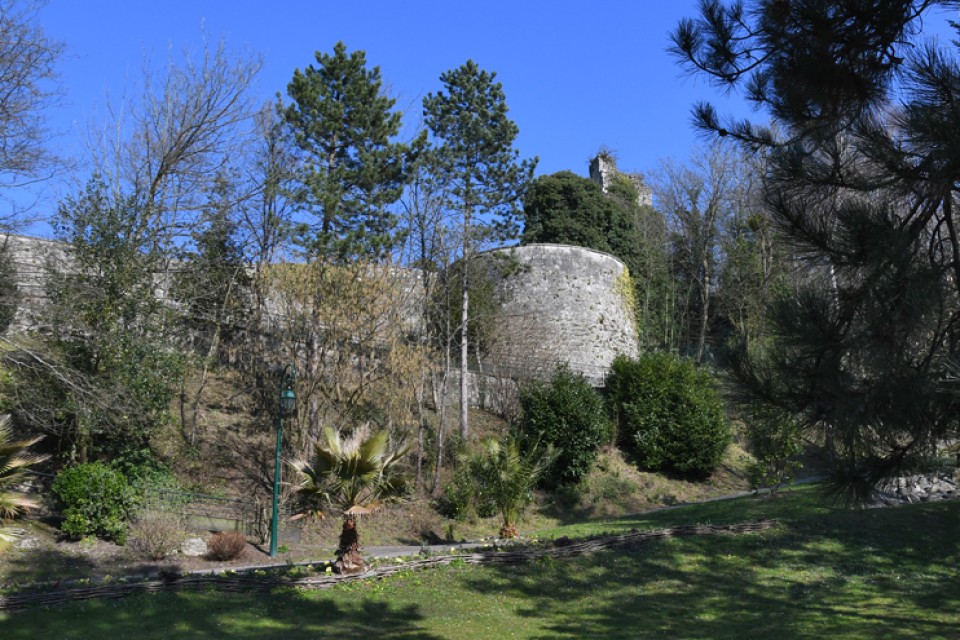
Lillebonne Castle and its Viking origins
Lillebonne, an ancient Roman city, is also marked by the Viking era. Its fortified castle, built on an ancient site, is said to have witnessed the first Norman settlements after the invasions. The remains are a reminder of the region’s roots in a history combining Rome and Scandinavia.
Brionne and the Risle valley
The Risle valley was one of the routes taken by longships during Viking incursions. Brionne, with its medieval keep overlooking the river, bears witness to these times of invasion and fortifications. A walk along the Risle and a visit to the keep offer a glimpse into this turbulent Norman past.
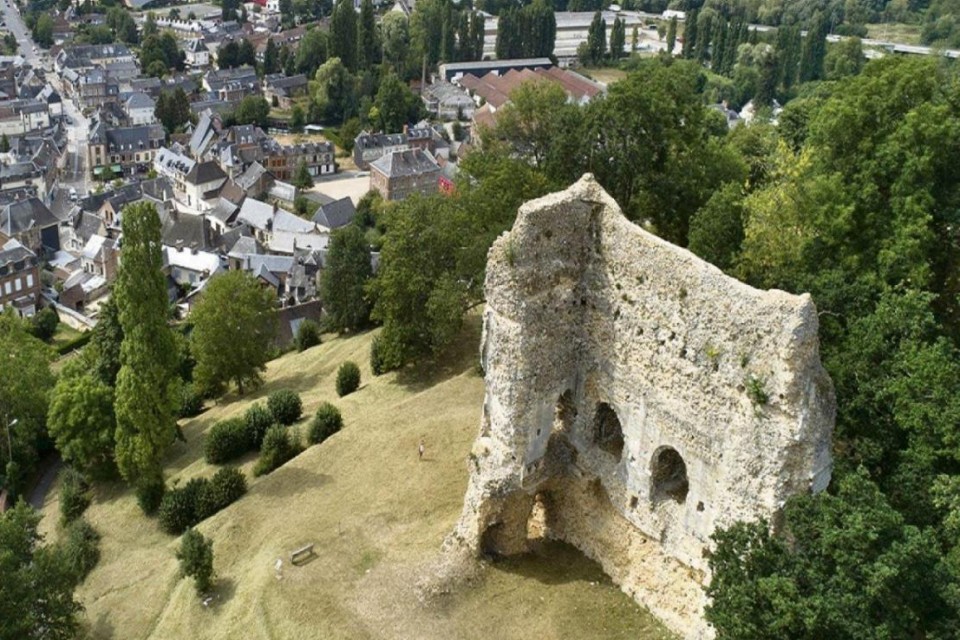
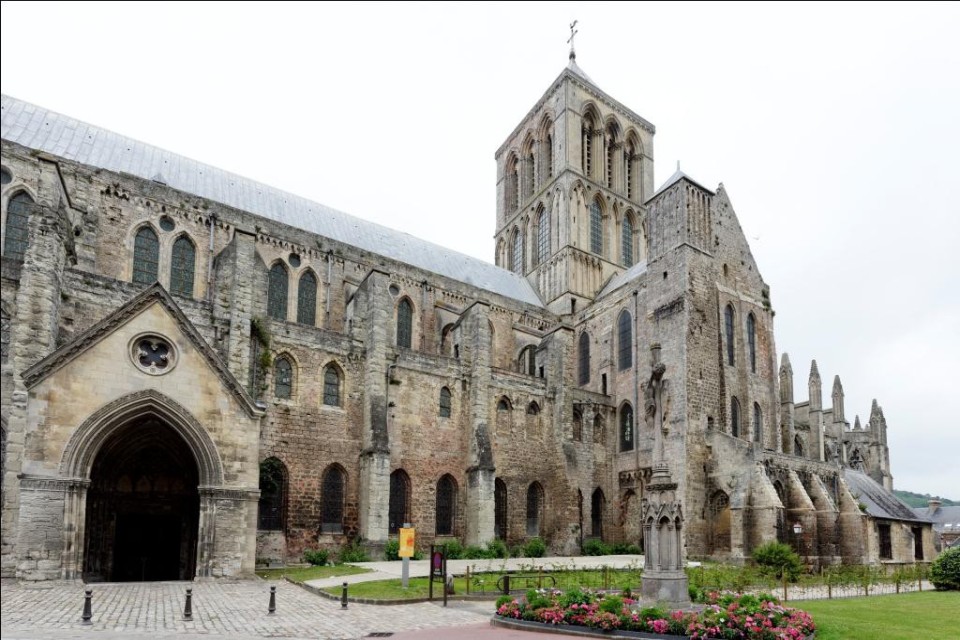
Fécamp and the cult of the Viking Dukes
Fécamp was one of the strategic ports for the Normans. The Abbey of the Holy Trinity houses the tombs of some of the Dukes of Normandy, descendants of Rollon. This coastal town, between sea and history, is a key place for understanding how the Vikings put down roots on the Normandy coast.

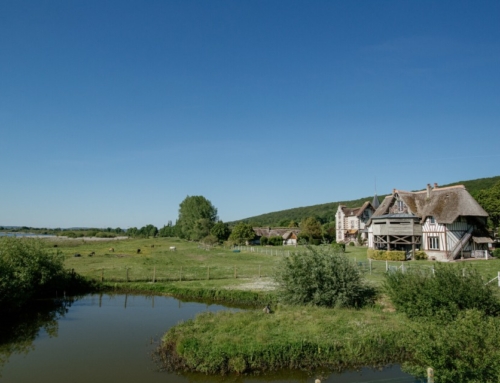
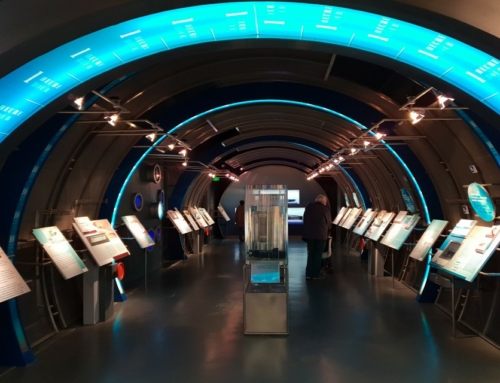
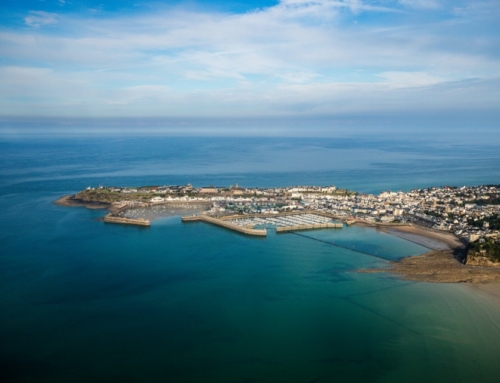
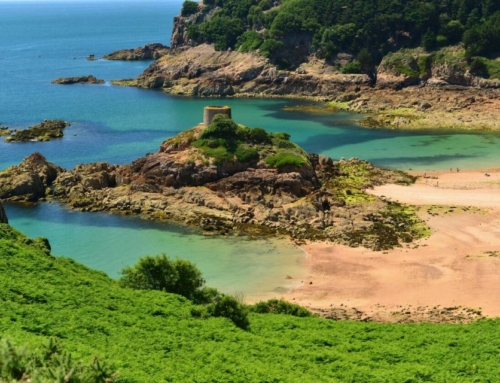
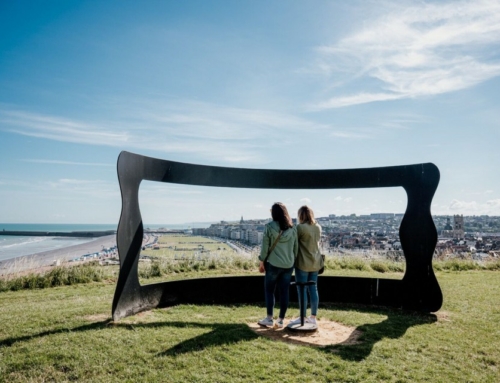
Leave A Comment
You must be logged in to post a comment.